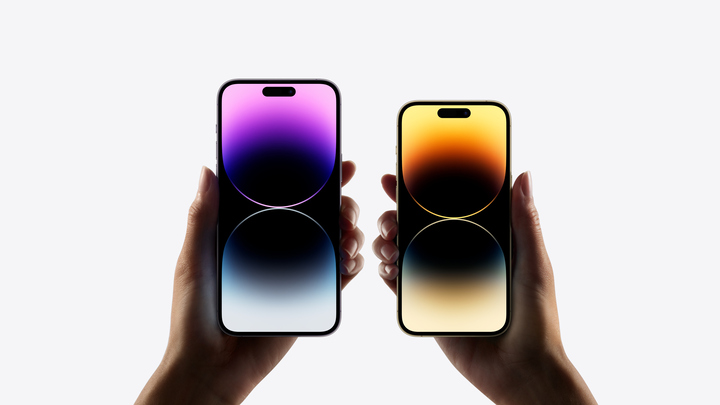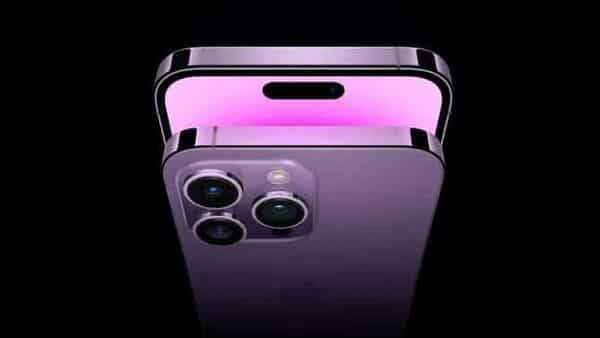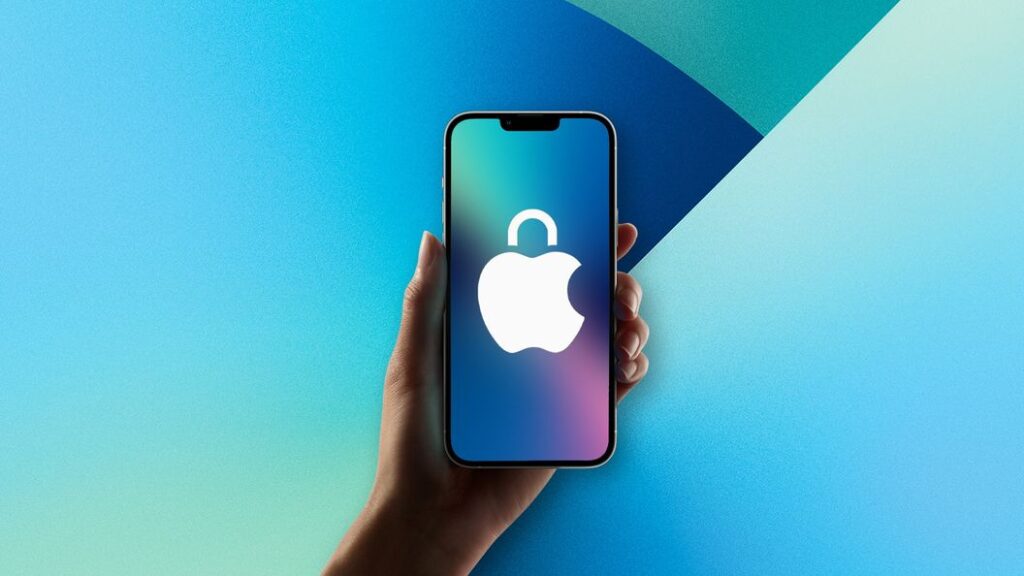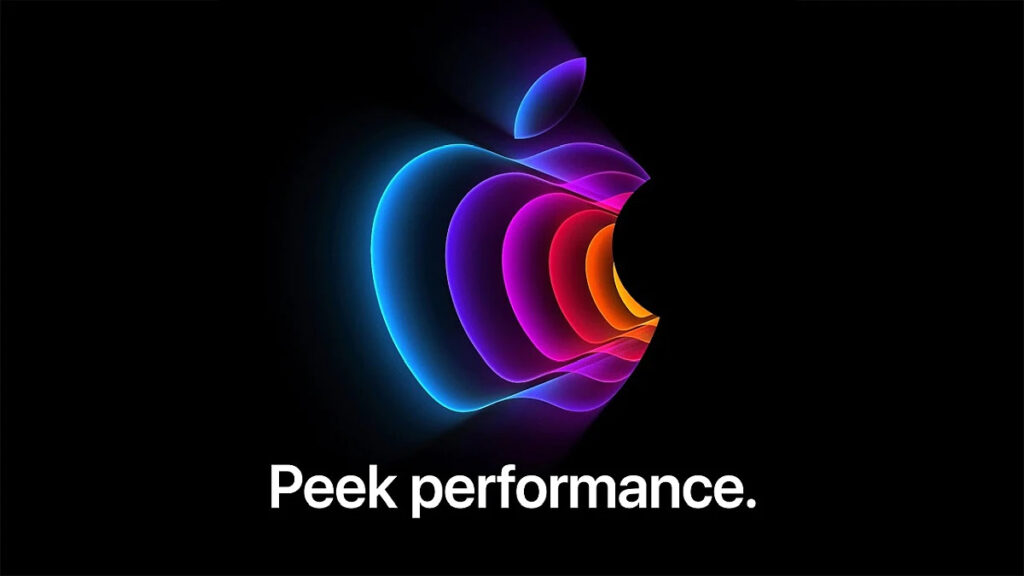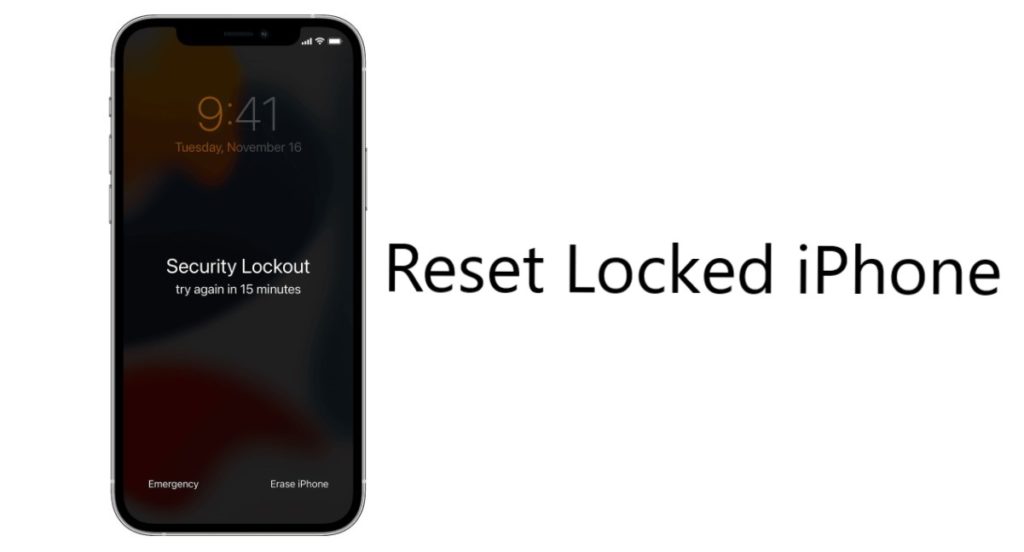The iPhone may get a microLED display. What does that mean?
According to a recent report, Apple plans to start producing its own internal mobile displays in 2024 in an effort to lessen its reliance on Samsung and LG. This move will purportedly bring the benefits of microLED, a screen technology that is even more powerful than the OLEDs already in use, in addition to cutting prices and providing the corporation greater leeway in how it designs its products.
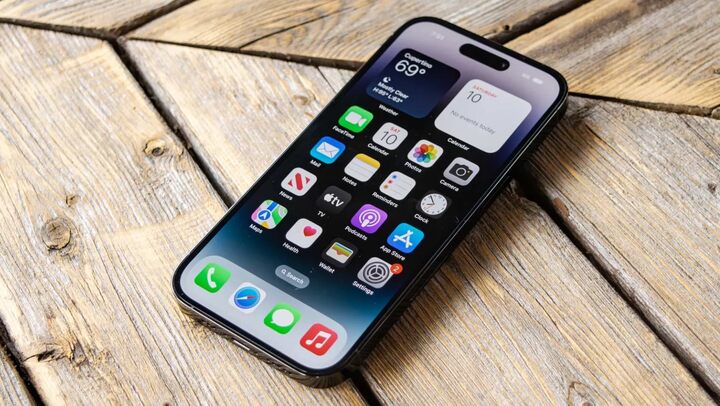
Reputable leaker-analyst Mark Gurman claims in a piece for Bloomberg that the plan will initially have a bearing on the Apple Watch, whose premium Ultra edition will receive an in-house bespoke MicroLED with its 2024 update. The displays will eventually be added to the iPhone as well as other Apple Watch devices if there are no technological difficulties.
It’s important to keep in mind that the term “in-house” in the report has some nuances. The distinction would be that Apple will retain more design control; these displays will probably still be produced by an outside supplier.
Also Read: Tesla is getting cheaper. Is it a good move by Elon Musk?
Currently, Apple creates its iPhone and Apple Watch screens using current Samsung and LG technology and calibrates them to the company’s requirements. Now that the display itself will be created and designed by Apple, the company would have more influence over the final product.
Samsung presently manufactures microLED displays, however, they are only applied to their premium televisions. Within the next few years, MicroLED might overtake OLED as the standard display technology. It performs better than OLED in a variety of aspects, including. It is slimmer, making a low-profile and lightweight smartwatch possible.
With apparent advantages for battery life, it is nearly twice as power-efficient (more specifically, it is predicted to take half as much energy to achieve a comparable brightness). In the future, it will be possible to achieve numerous thousand pixels per inch with microLED, which is capable of providing a screen resolution that is many times higher.
Also Read: Is Google bringing its own ‘AirTags’?
In addition, it may produce images that are superior in practically every regard, including color, contrast, and brightness. The displays, according to Bloomberg, are already in testing and “make content appear like it’s painted on top of the glass.”
Additionally, it is less susceptible to display burn-in, which can be a problem with OLED panels. Without a certain, users won’t see any of these features on a 2-inch display, but engineers working on different Apple mobile products would regard them highly.
What we can actually anticipate for this year is that the iPhone 15 will reportedly maintain the 6.1-inch and 6.7-inch OLED panels that we’ve encountered on the iPhone 14 range and earlier devices.
The new iPhones should be a worthwhile investment for the majority of people in need of a phone upgrade because of additional upgrades like a periscope telephoto camera on the iPhone 15 Pro and the latest iPhone 15 Ultra model with a new titanium body and haptic, solid-state buttons.

I am a law graduate from NLU Lucknow. I have a flair for creative writing and hence in my free time work as a freelance content writer.
